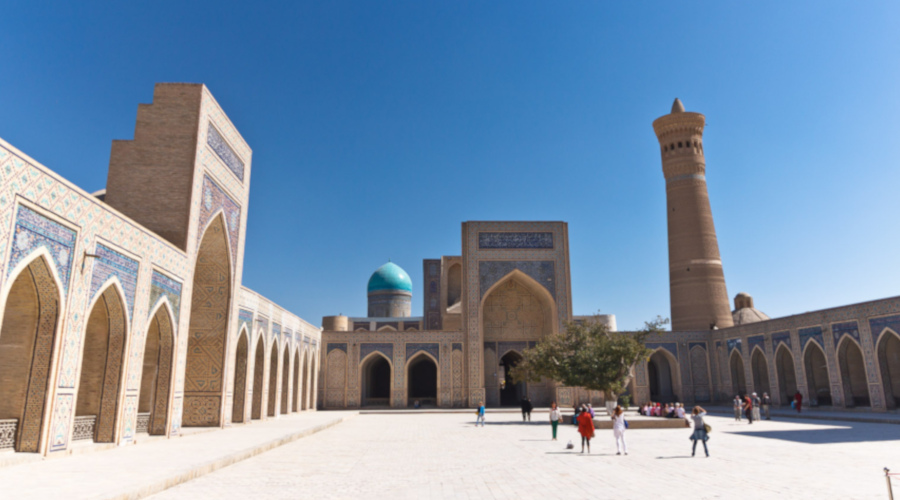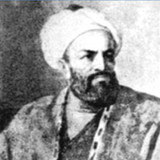
Source: https://www.flickr.com, Mariusz Kluzniak
Bukhara has been identified as a city for at least the past 2,500 years, with evidence of human settlement extending back to the third millenium BC. From antiquity it was among the key urban centers of the world, known for its wealth and scholarship. The city was under Persian rule for centuries before becoming part of the Samanid empire in the 10th century. At that point, it was known as the 'city of merchants', owing to its important role as a trading center within the networks of the Silk Road. Under the Samanids, a great library known as the Siwān al-hikma ('Storehouse of Wisdom') was constructed in Bukhara. Before the Muslim conquest, the city was home to a diverse range of ethnic and religious groups. Zoroastrianism, Christianity, Buddhism all found refuge in relatively cosmpoplitan medieval Bukhara, and from Roman times Bukhara also supported a small Jewish population. The tenuous hold of Muslim rulers on the city meant that Islam did not immediately dominate the other faiths, but was more gradually adopted over the next few centuries. The city was almost entirely destroyed by the Mongols in the 13th century in a sweeping campaign that also took Samarkand and Urgench. While it did not recover its former importance, the city persisted and retains a population of a quarter million people, with much of its historic core designated as a UNESCO World Heritage site.
Scholars Who Lived or Worked Here
 Bahauddin Naqshband
Bahauddin Naqshband
